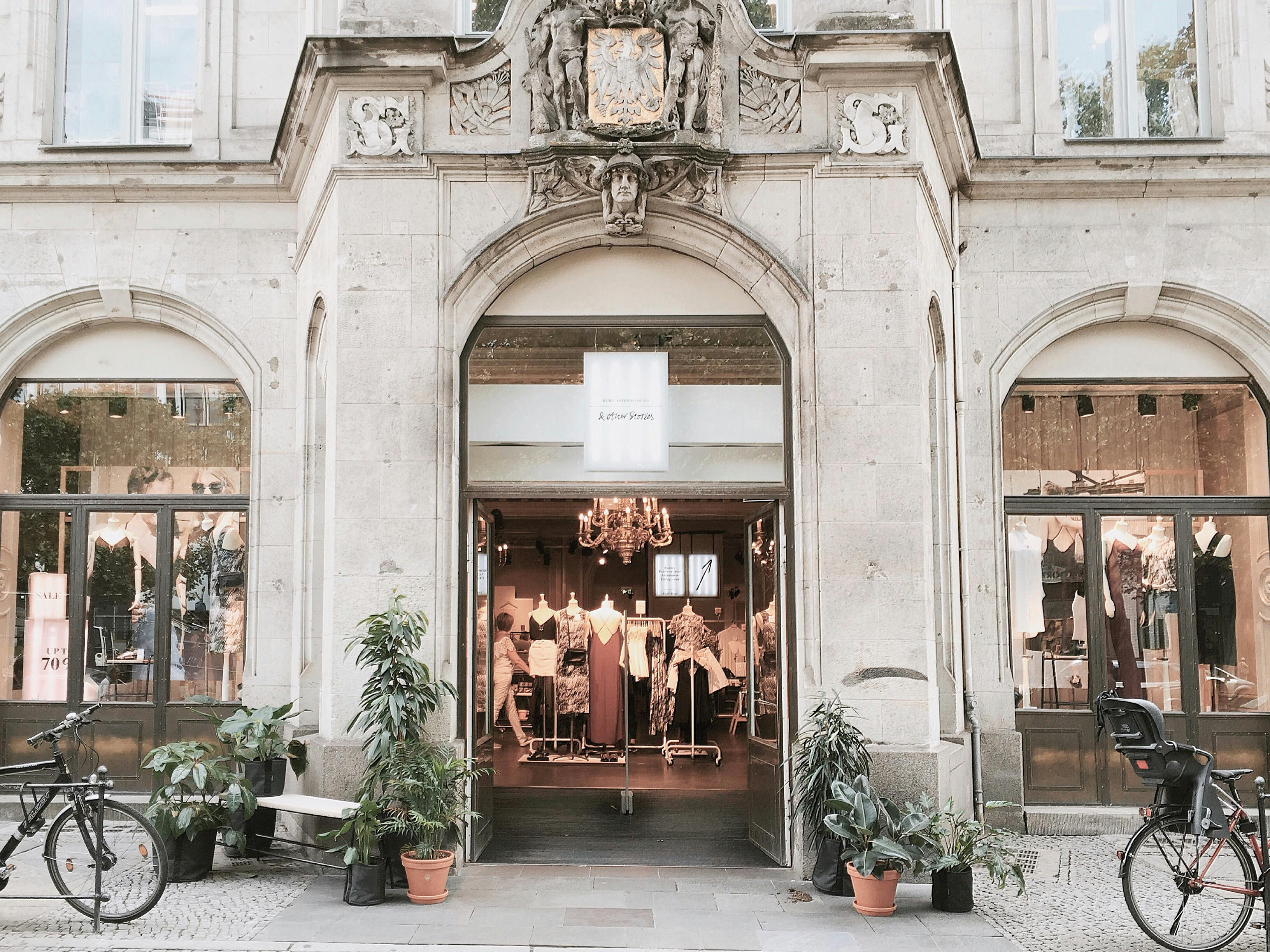Hilton Head Island, South Carolina is one of the world’s most popular vacation destinations and is also an area rich in history. Before your next trip to the island, why not take a few minutes to learn more about its beginnings and historical significance?
For centuries the area was populated by indigenous Native Americans and it was not until 1521 that the first recorded expedition, led by Francisco Cordillo, was made to the area. In 1663, Captain William Hilton came across the island during a return expedition from Barbados and gave it his name, but the island did not really gain prominence until the beginning of the Sea Island cotton trade that was established between Europe and the United States. Joined.
During the Civil War, the island became a major base of operations for the Union blockade of southern ports and during this time a large Union hospital was built, which became the most prominent in the area. After the war, when the island came under northern control, a large population of ex-slaves settled on Hilton Head and served in the First South Carolina Volunteer Regiment, which promised recruits the opportunity to own their own land, attend school and live in Mitchellville, a government-built housing community on the island. The descendants of these freed slaves are now known as native islanders or Gullah.
In 1931, Wall Street tycoon and physicist Alfred Lee Loomis purchased more than 63% of the island’s total land mass to use as a private game reserve, and this land remained largely undeveloped until the 1950s. when, as a result of the island’s lumber boom, three mills were built and the James F. Byrnes Bridge was erected, allowing easier access to the island from the mainland. It was this bridge that was responsible for the Hilton Head Island we know today, as for the first time, developers and homeowners began to view the area with increased interest. Shortly after this, Sea Pines Resort and Harbor Town were developed by architect Charles Frasier, and rapid expansion of the area soon followed, including housing development, resorts, hotels, and many golf courses, as well as other commercial developments.
Today, visitors to the island can further explore its history by visiting the many museums and historical monuments in the area. Be sure to explore them for yourself during your next vacation.
